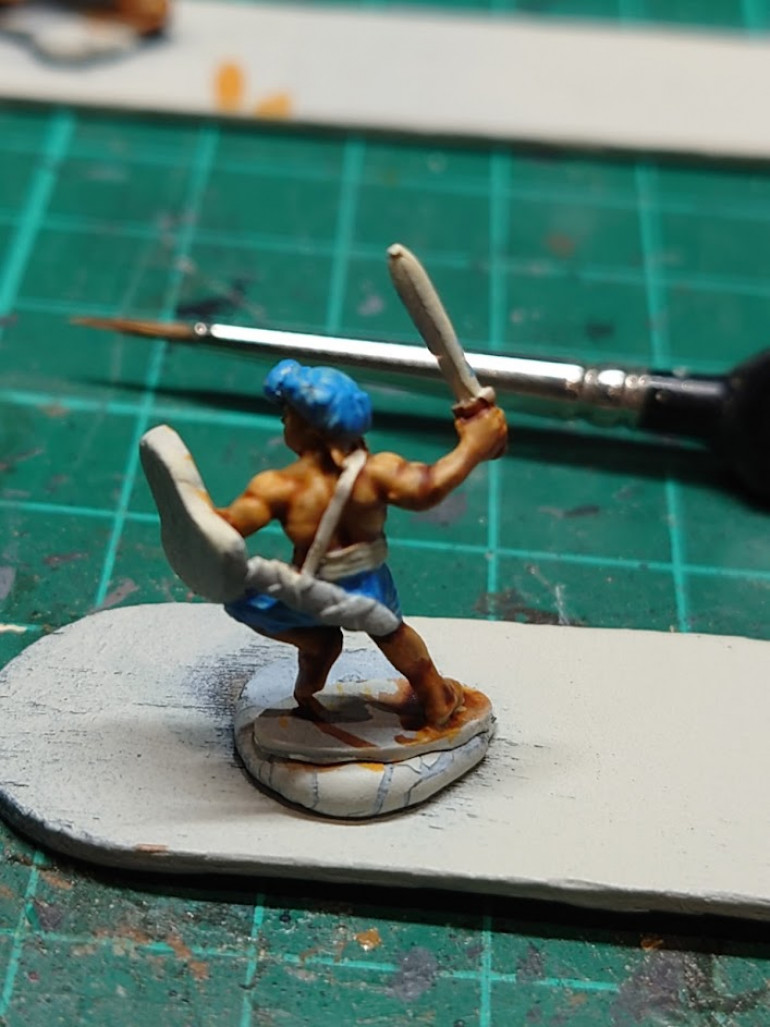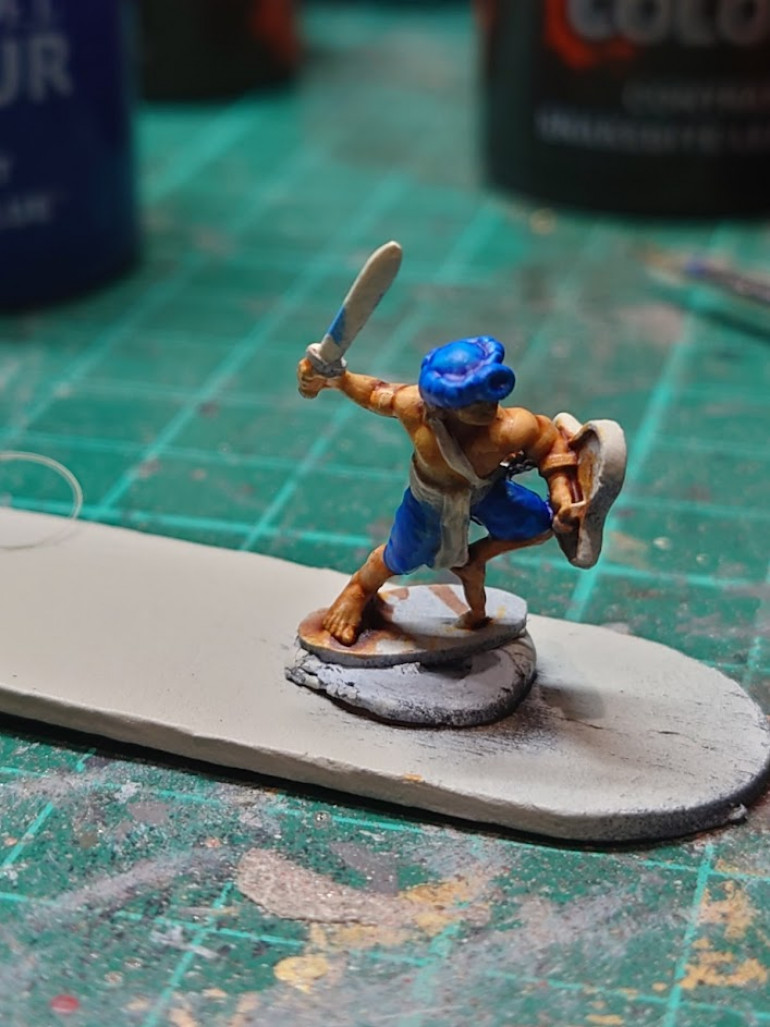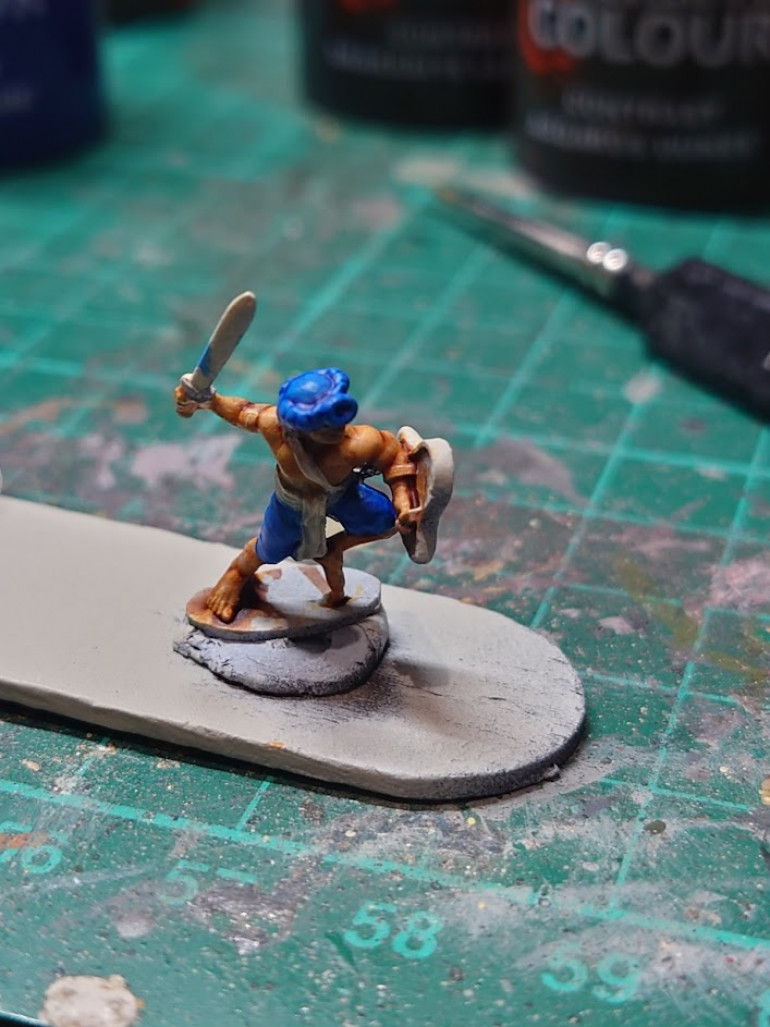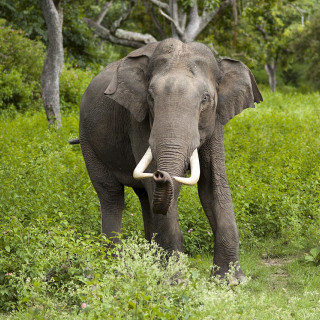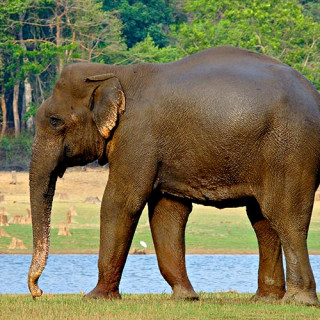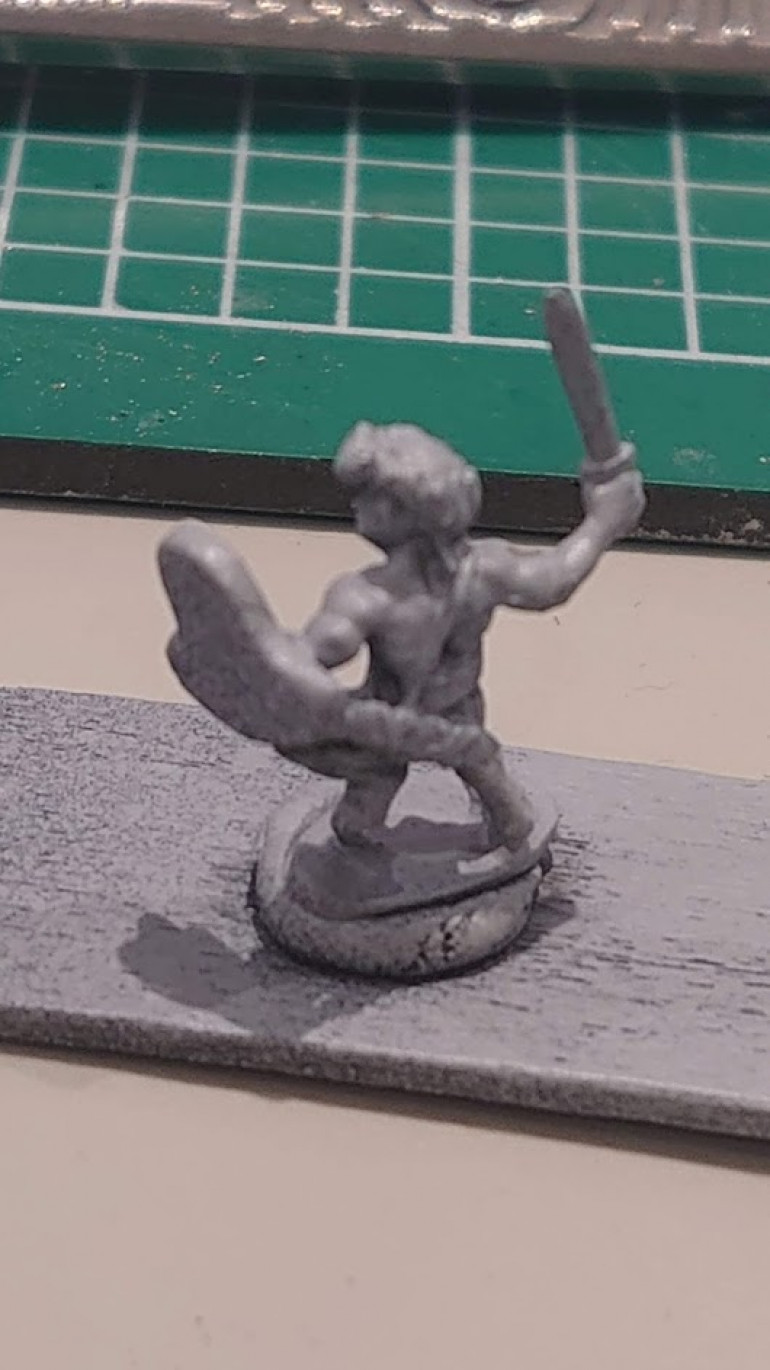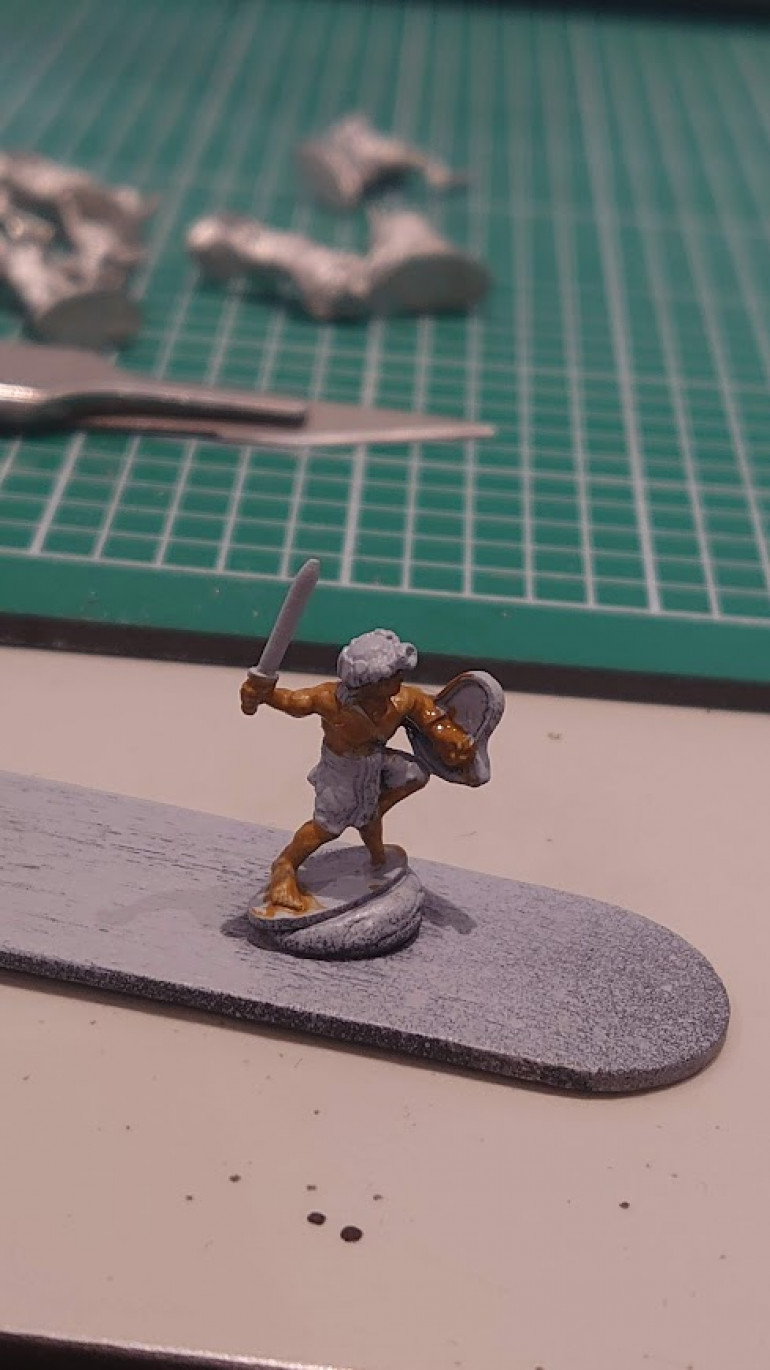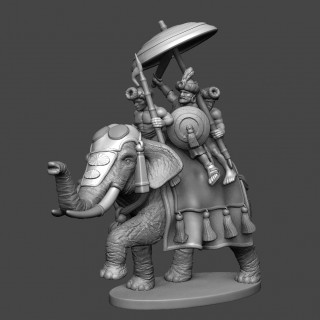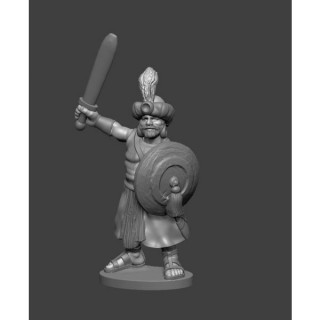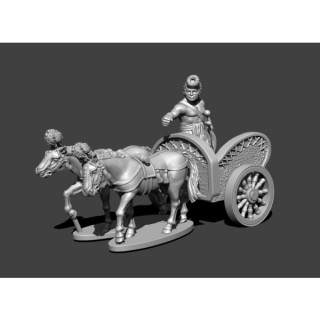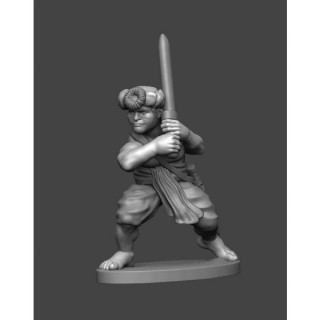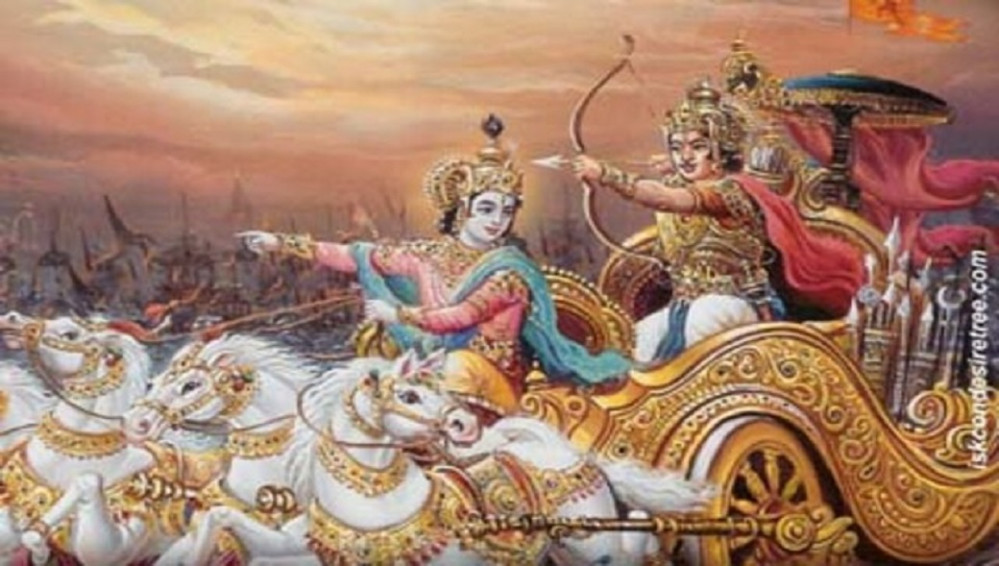
Multiple Mortem et Gloriam Indian Armies
Recommendations: 79
About the Project
This is the tale of two armies from one place, but with about 2000 years of history separating each. This project aims to follow my progress with developing these armies from list to competition. So some background, I am an avid player of Mortem et Gloriam (or Death and Glory in English) also known as MeG. A game published by Plastic Solider Company and written by Simon Hall a splendid rules writer. MeG is a an ancient/medieval ruleset which spans about 3500 years of History from 2000BCE to 1450CE (2000BC-1450AD in old money). You can find more information and approximately 650 free army lists at: https://mortem-et-gloriam.co.uk/meg/ Recently however, I have entered the competition scene. My first tournament was just at the end of the lockdown in which I fielded a Late Imperial Roman Army. Which was fun, but I felt lacking somewhat in flavour. I have four more competitions lined up this year. In September the World Championships, which is an open competition, in which you can entre any one of the 650 armies. For that I am going with an Italian Wars Army (which I already have the army). In October there is a classical period tournament which I will be entering with a Spartan army (also an army I already have). However, the last two competitions of the year will be A Chariot period competition in November and a Medieval period competition in December. It is for these two competitions I am building the armies that I will present in this project. Originally I intended to entre a Neo-Assyrian army for the Chariot Competition in November, however when I got the miniatures I lost all enthusiasm for the project, this was because the figures are little on the smaller scale for my liking. So what to do? Well I was planning an medieval Indian army for the competition in December, and as the equipment for many of the Indian troops did not really change a lot over the 2000 years, I decided to adapt the medieval army backwards. This will save on painting time and give me two armies in for the price of 1.5 armies (there are some differences). So on with the project.
Related Game: Mortem Et Gloriam
Related Company: The Plastic Soldier Company
Related Genre: Historical
This Project is Active
Painting Cloth
The key element of painting for these armies is the cloth items. As previously mentioned, I am aiming for colourful armies. Having looked at a variety of different images of Indian clothing there is a myriad of colours from blues, yellows, greens, reds, pinks many of these pastel colours.
The process that I am going to take with the cloth is very similar to the skin. However, on to of the zenith primer i do use a coat of Citedel Contrast – Apothecary White. I use this just to give me an extra idea of where the folds in the cloth are before I start, i then go over the raised areas using Vallejo Model Color – Pale Sand, This gives an extra bit of definition to the cloth,
The next step is to apply a thin base coat of the chosen colour, then a wash using a contrast colour, followed by the base coat with the original colour. Then a final highlight of the base coat mixed with a hint of pale sand.
Elephant - Skin tones
In these armies it is not just important that I get the Human Skin tones looking plausable, but also that of the Elephants.
Now to the “Elephant in the Room” an arguement that I have seen fought out many a time and that is what colour is an elephant, specifically an Indian Elephant?
As you can see from the images above they are not all uniform in colour but the key colours range from greys to browns and even some pinkish hues (yes Elephants can be pink). So where do I start well the colours I have decided to use are:
- Vallejo Model Color – Brown Violet – (70.887)
- Vallejo Model Color – German Field Grey – (70.830)
- Vallejo Model Colour – Neutral Grey – (70.592)
- Vallejo Model Colour – Green Brown – (70.879)
- Vallejo Model Colour – German Cam Black Brown (70.882)
- Citedel Contrast – Skeleton Bone
There is no set method to this it is more of a random process of mixing the colours until you have a colour that you like as a base either more grey or brown. Then when the base coat is done I wash the entire skin with the Skeleton Bone Contrast to give it some definition and bring out the brown tones more, I will add more layers depending on my mood. Then I go in with a dry brush and using the base coat with a hint of lighter grey I dry brush the Skin of the elephant until it looks ok.
TIP: I may even go over the drybrush layer with a very thinned down version of the contrast Skeleton bone to blend out the harshness of the dry brush.
Colour Schemes
Colours on these armies are important. I have a vision of brightly coloured figures. To achieve this I am going to break the colours down into Three categories. Skintones/Animal Hides, Cloth and Weapons and Armour.
Note: I will prime all the miniatures with the following process
- Full Prime with Chaos Black from Citedel spray
- A Zenith from the sides of a grey primer spray
- A Zenith from the top with Citedel Wraith Bone spray
Skin tones
The vast majority of the figures I will be painting have a lot of flesh areas. This means getting to grip with the skin tones of the Indian sub continent.
Usually when looking as Indian Armies they are all painted with a darker skin tone. However, after some research and speaking to Indian friends. I can say that the skin tones of the people of India range from very pale through to dark tones. This gives me a variety of choices and some interesting experiments to be done.
Having looked through my range of paints I have chosen to work with a combination of Vallejo and Citedel Contrast paints. for thsi process. These are:
- Vallejo Model Air – Golden Brown – (71.032)
- Vallejo Model Color – Green Brown – (70.879)
- Vallejo Model Air – Light Brown – (71.027)
- Vallejo Game Air – Bronze Fleshtone (72.736)
- Vallejo Game Air – Barbartian Flesh (72.771)
- Vallejo Model Color – Pale Sand (70.837)
- Citedel Contrast – Guilliman Flesh
- Citedel Contrast – Darkoath Flesh
- Citedel Contrast – Fyreslayer Flesh
- Citedel Contrast – Aggaros Dunes
The steps I will be using is to select one of the Vallejo colours as a base coat. Then I will wash it with one of the contrast paints and the highlight with the chosen base coat then another highlight with base coat mixed with a touch of pale sand.
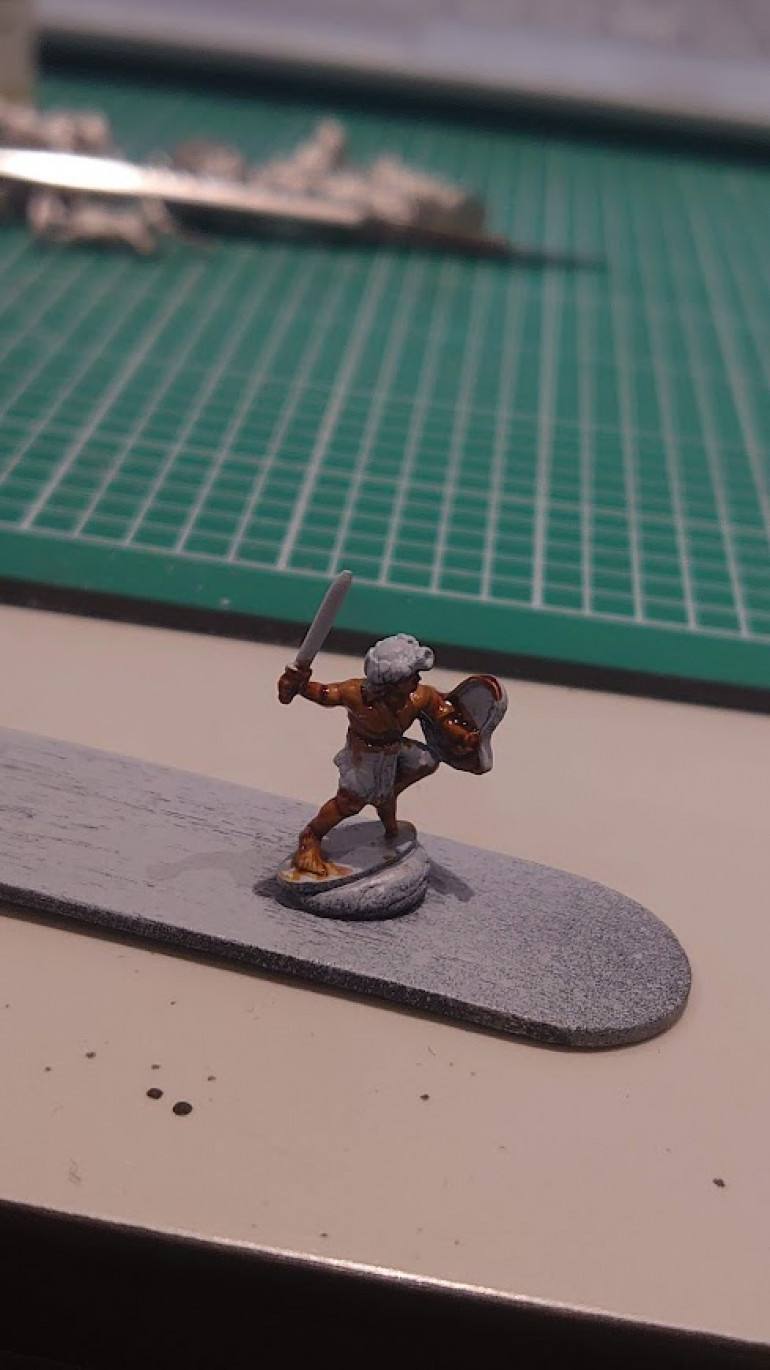 Stage 3 - Contrast Darkoath Flesh - As you can see the contrast acts like a wash and brings out the muscle definition on the figure ready for the next stage.
Stage 3 - Contrast Darkoath Flesh - As you can see the contrast acts like a wash and brings out the muscle definition on the figure ready for the next stage.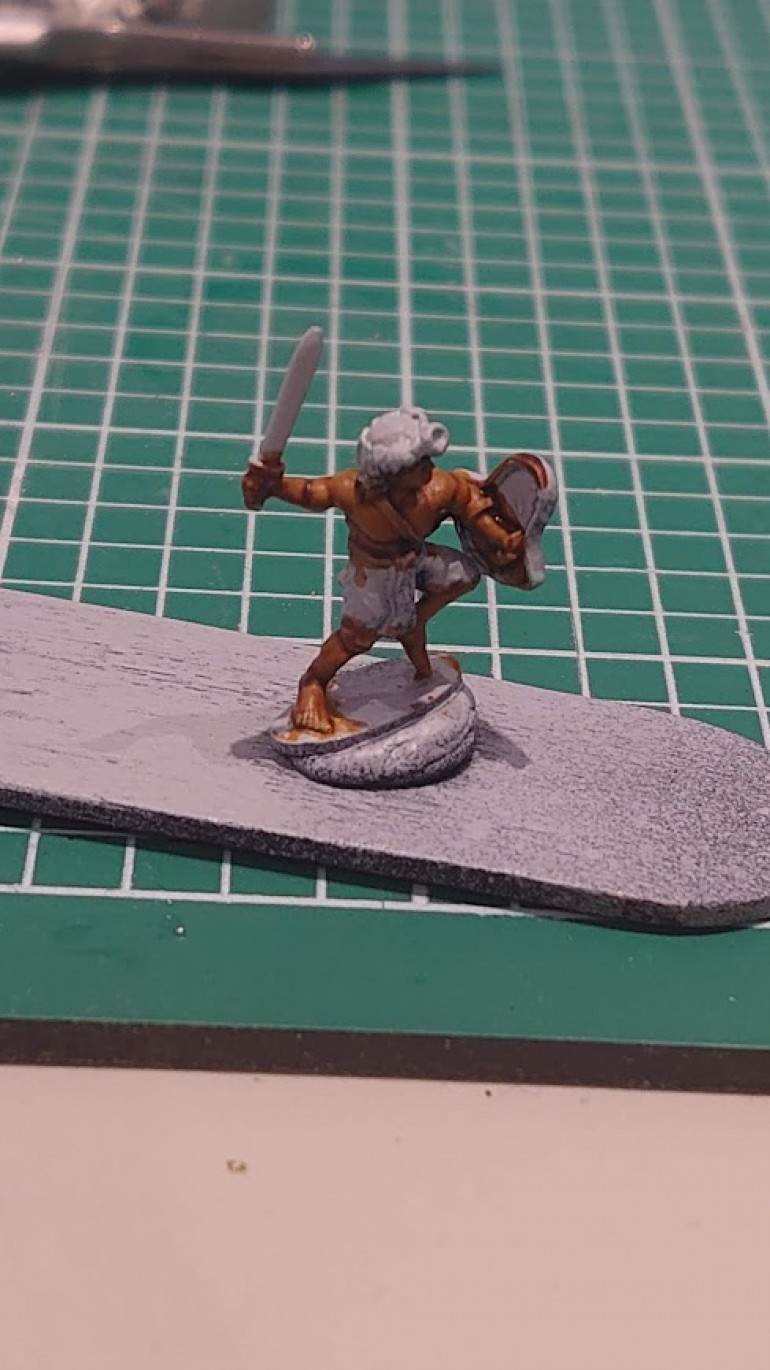 Stage 4 - First highlight with Vallejo Model Air - Golden Brown - (71.032) - this picks out the key areas of muscle.
Stage 4 - First highlight with Vallejo Model Air - Golden Brown - (71.032) - this picks out the key areas of muscle.  Stage 5 - Second highlight a mix of Vallejo Model Air - Golden Brown - (71.032) with a tiny amound of Vallejo Model Color Pale Sand (70.837)
Stage 5 - Second highlight a mix of Vallejo Model Air - Golden Brown - (71.032) with a tiny amound of Vallejo Model Color Pale Sand (70.837)The good thing about this process is that I can mix an match the base coat with the contrast washes and even the highlight colours. this will enable me to get a wide range of skin tones throughtout my army. I can also go for some of the darker washes such as Contrast Gore Gruntha Fure or Wyldwood to achieve darker skin tone.
Note: Remeber that the soles of the feet tend to be lighter than the body skin tone.
TIP: I always use a wet pallet to thin my paints a bit, and by working with differently thinned paints will also enable you to get a different shade of skin tone.
The Plan
So in order to maximise my chances of being efficient I have to paint the following:
11 x Elephants and Crew ( 4 are Command for the Vijayanagar)
34 x Muslim Trained Cavalry
48 x Spearmen
18 x Cavalry
28 x Chariots and Crew ( 4 are Command for the Vedic Army)
64 x Archers
24 x Bowmen
18 x Slingers
With each of the elephants having upto 4 figures as well and the chariots having two horses and figures this means I will have around 300 individual componants to base and paint.
So I need a plan.
So my plan is to start with the 4 Elephants needed for the Vedic Army. This will give me a unit completed and will act as an incentive as painting Elephants is the fun job, so will look forward to the next batch as a reward.
Next up will be the swordsmen I do not need as many bases for the Vedic Army but as there is only an additional 6 required in the other one, so I may as well do all the swordsmen at once.
Then it will be onto the Archers, at the time of writing I still need to buy some additional figures. This batch will also include all the Skirmish Bowmen so a total of 88 figures.
After that will be the Chariots ( still need to purchase these)
Then the Slingers for the Vedic Army.
This will then mean the Vedic Army is completed and leave me with:
7 x Elephants
48 x Spearmen
54 x Cavalry to complete the project.
I aim to get the Vedic Army completed by the end of October and the Vijayanagar completed by the end of November so this gives me some slack. But it is still a bit of a challenge to say the least.
But I have painted a Bolt Action army up in 3 weeks and a small 15mm Italian Wars Army in 2 weeks so it is achievable.
The Miniatures
All important in creating an army is having the figures to field that army. There were many options for 15mm figures out there for Indians. I will admit one of the reasons I chose these armies is to do with the figures. For this project I have chosen to use Museum Miniatures and their revised Z range of Classical Indian figures which in my opinion are simply superb.
They can be found on the Museum Miniatures website here:
Classical Indians “Z” – Classical (museumminiatures.co.uk)
Some examples of the renders from the website
The Armies
Creating the Armies
The first thing with MeG is to look at the army lists and develop the armies, like many other games really. Each competition requires an army of 10000 points developed from the army lists allowed in the theme of the competition. The Army Lists I have used can be found here:
The Later Vedic Indian Army from the Assyria and Babylon list in the Chariot Period Category
MeG-Army-Lists-13-Assyria-and-Babylon-2021-01.pdf (lurkio.co.uk)
The Vijayanagar (please feel free to pronounce correctly I have no idea) from the India List in the Later Asian Category
MeG-Army-Lists-47-India-2021-01.pdf (lurkio.co.uk)
Vedic Indian List
First up is the Vedic Indian list which I chose to place at 600 BC which is really interesting, as it has limited troop types options but the thing that attracted it to me was the following:
24 x Superior Chariots – which you need to have in a Chariot Wars Army
4 x Elephants – Well this works on two fonts firstly Chariots dont really like elephants and secondly its Elephants and who does not like elephants if you can have them then well take them.
The rest of the army is essentially a combination of a lot of Archers and a couple of units of Swords men. The four commanders are all instinctive but with two talented and two competent it gives a total of 14 command points which is plenty to control the army (fingers crossed)
Vijayanagar Indian List
The Vijayanagar were a Hindu people from the southern area of the Indian sub-continent the year I chose for this list is 1450. This army is somewhat different to the Vedic list, it has more Elephants and that is a good thing right Elephants are awesome. Gone are the chariots replaced by Muslim trained cavalry. There are less command points, fewer archers but more swordsmen who work in batched of 9 bases making the tough to break. This list is still a bit of a work in progress and I will include any updates if I change it later on.









































